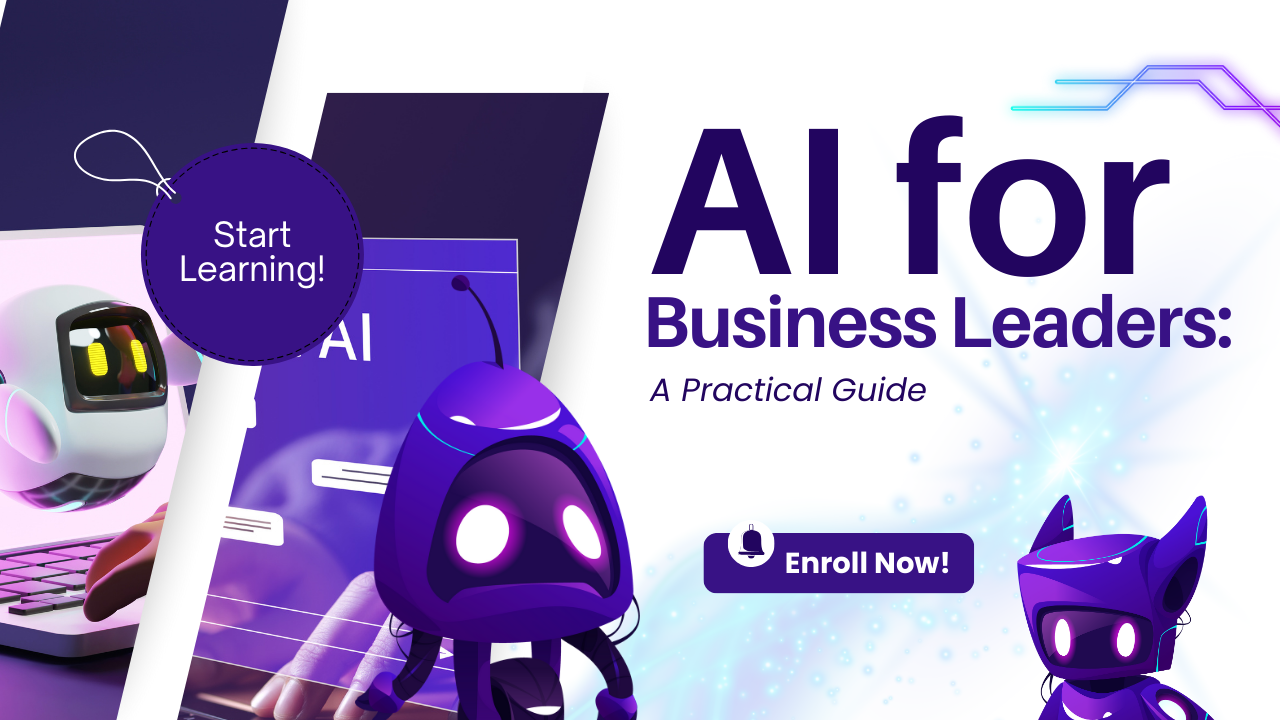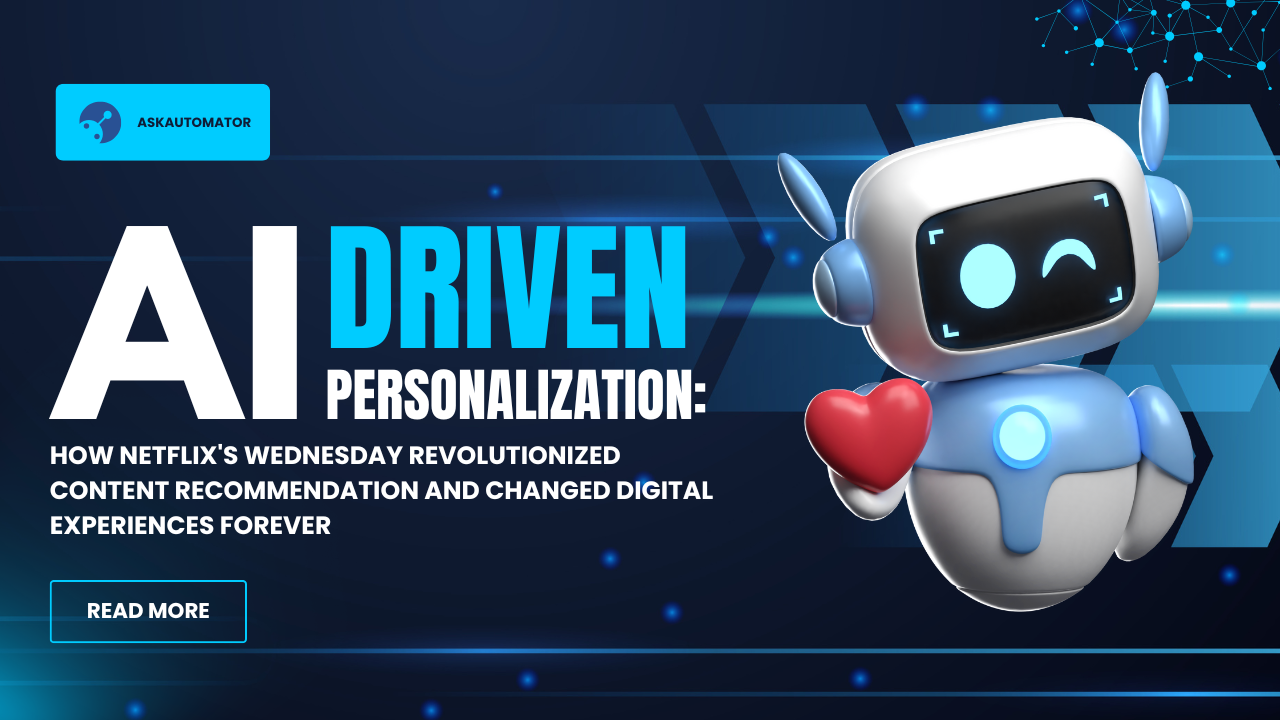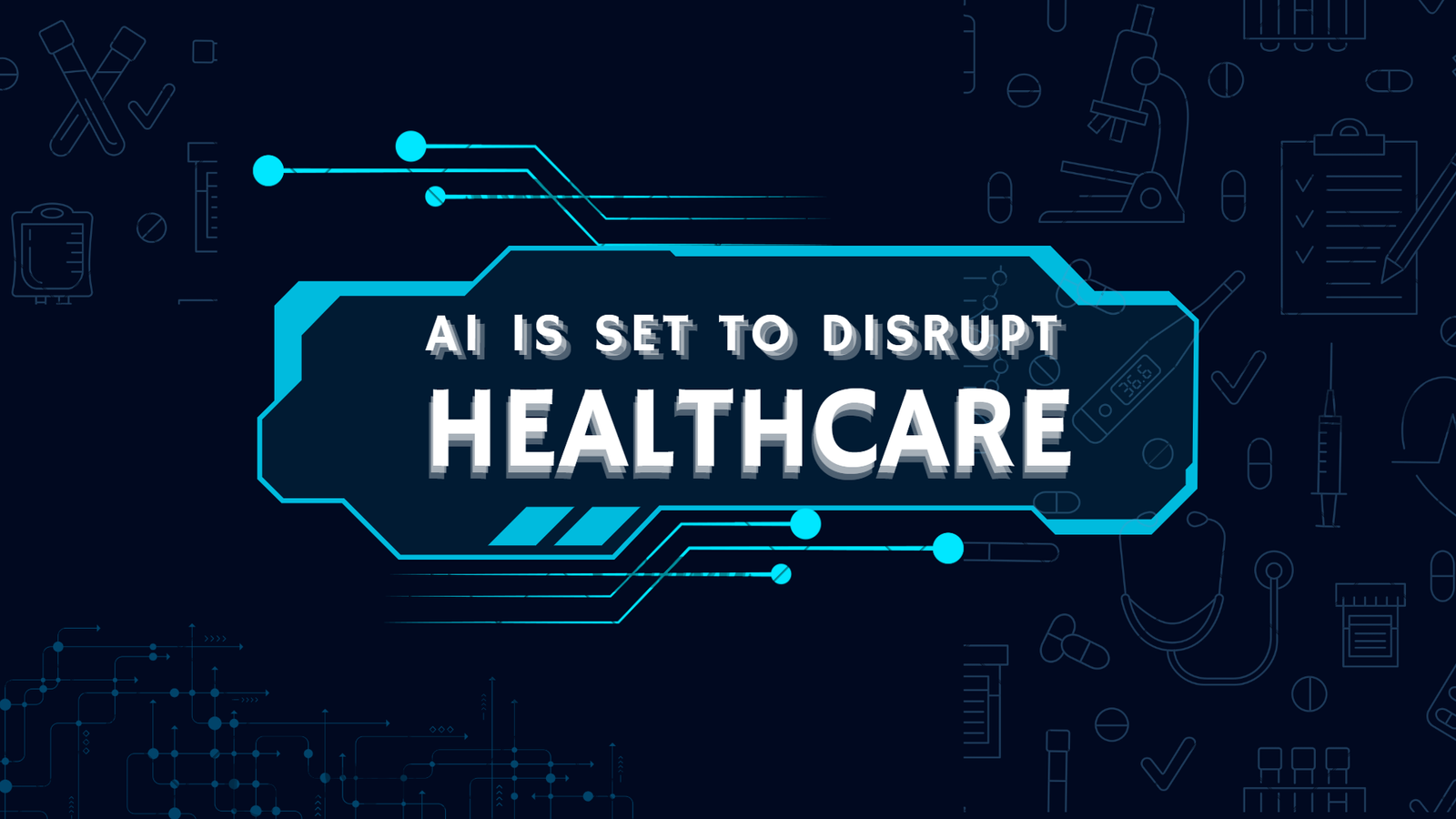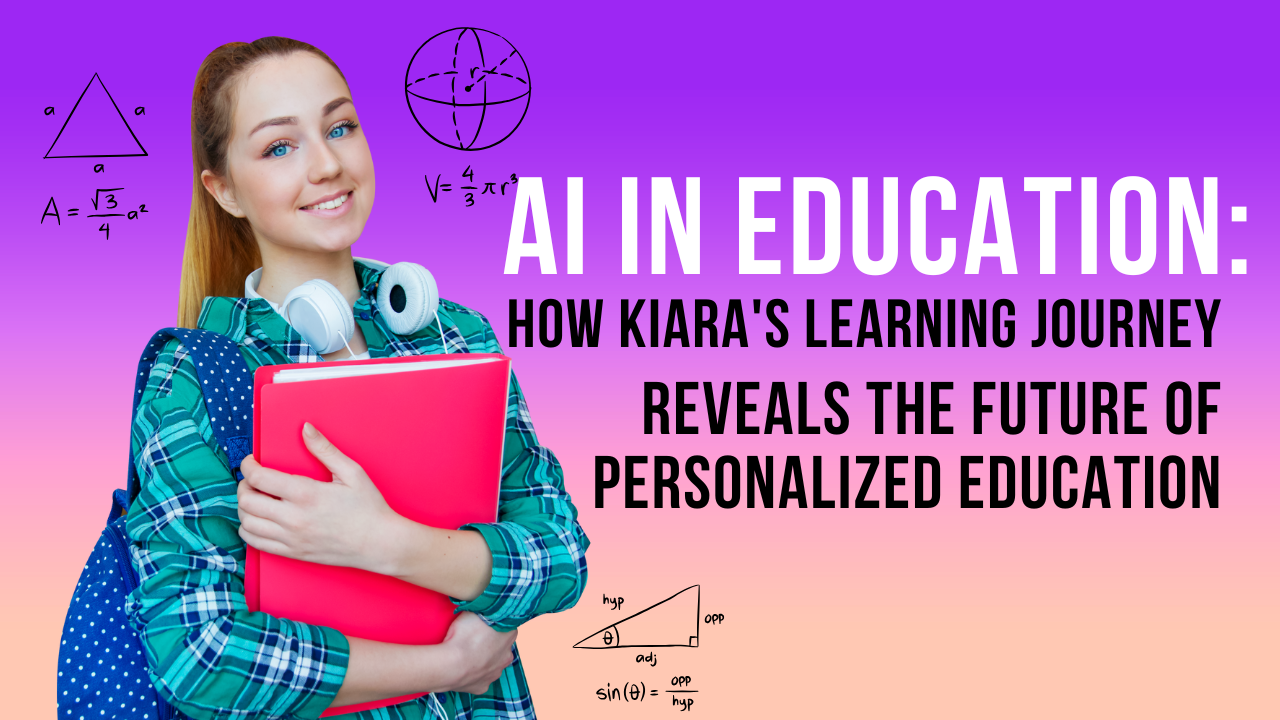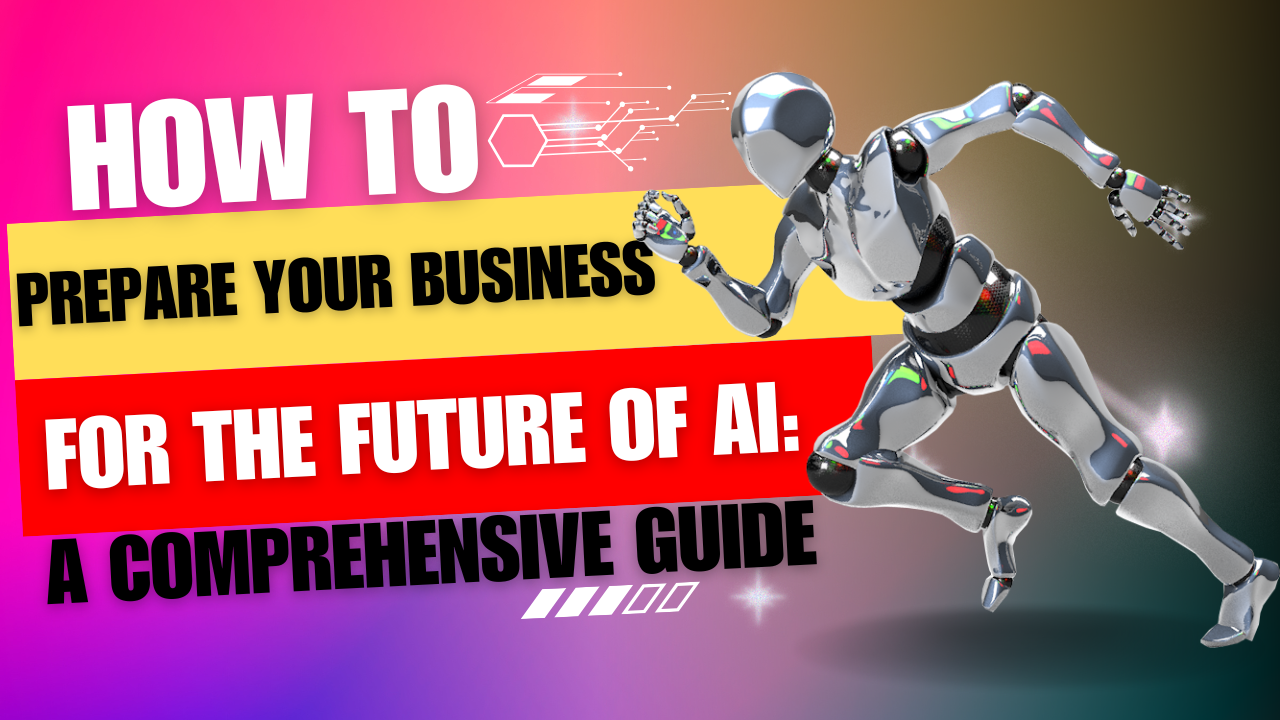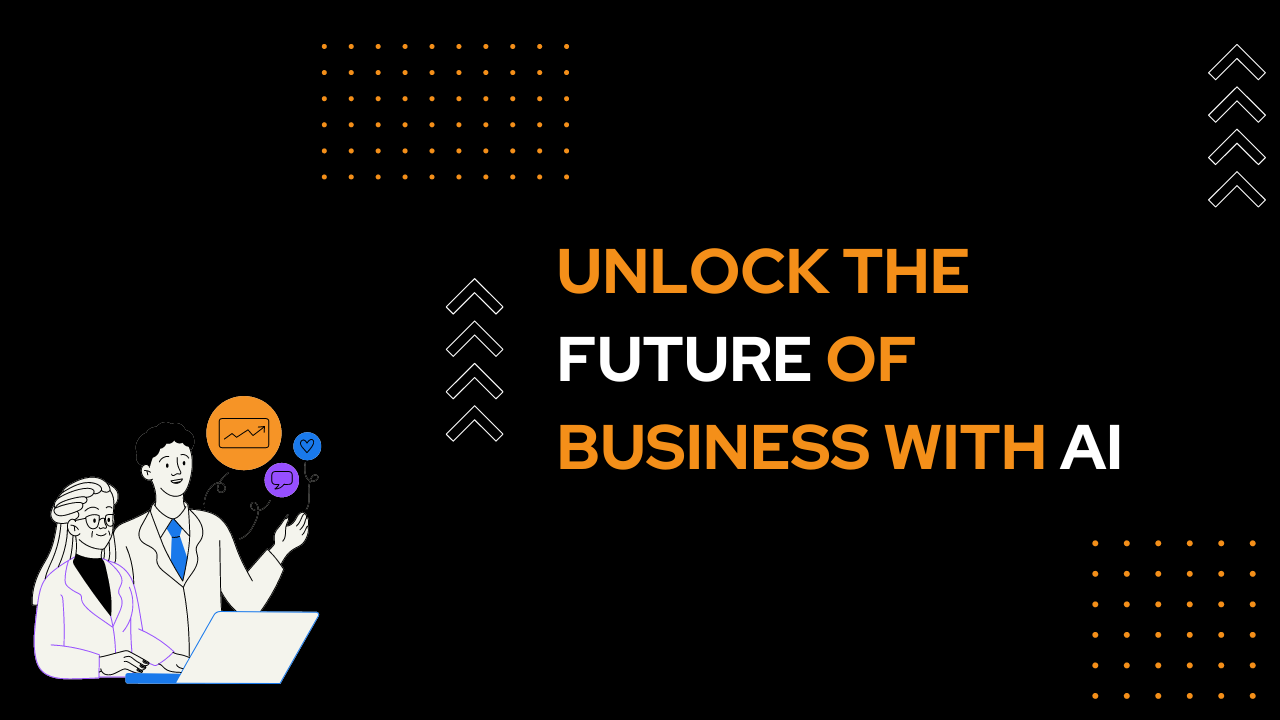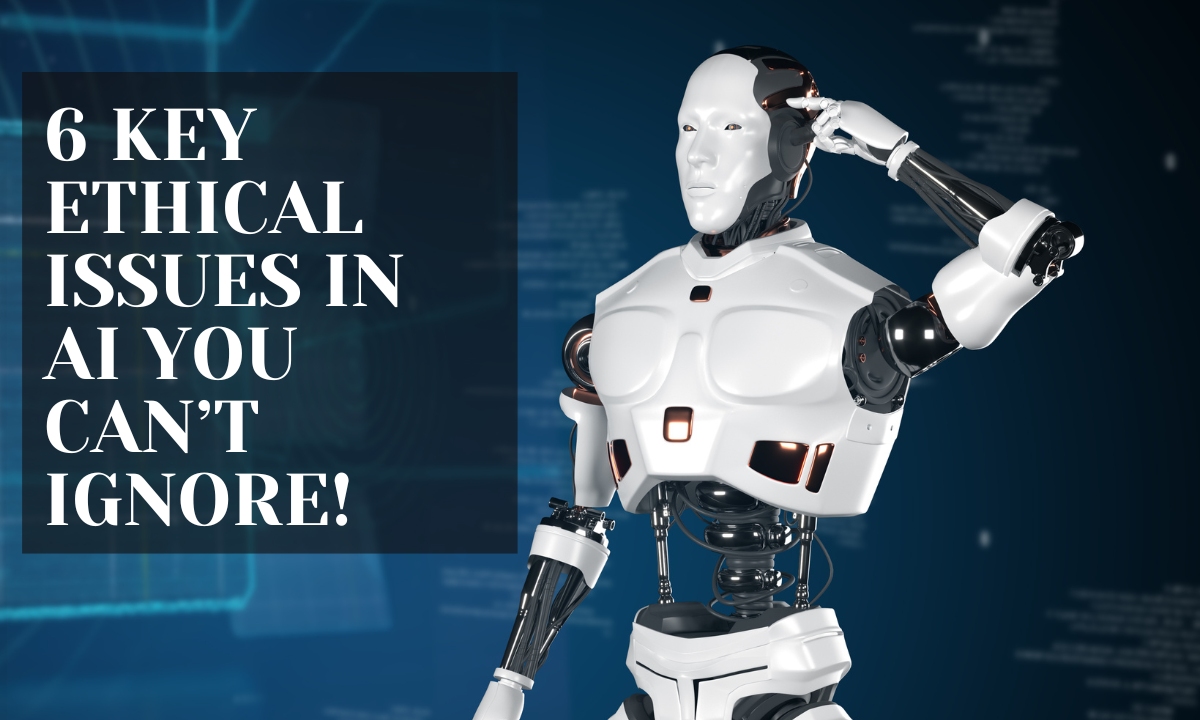Sarah’s story began like many others in the tech industry – drowning in a sea of coding tasks, project deadlines, and endless collaboration challenges. As a senior software developer at a rapidly growing startup in Silicon Valley, she found herself spending more time on repetitive tasks than actual innovation. That was until she discovered the transformative power of AI collaboration tools, which not only revolutionized her workflow but also redefined how her entire team approached software development.

The Tipping Point: When Traditional Methods Fall Short
It was during a crucial project – building a new machine learning model for customer behavior prediction – that Sarah realized something had to change. Her team of fifteen developers was scattered across three time zones, documentation was becoming increasingly inconsistent, and code reviews were creating significant bottlenecks in their development pipeline. The traditional methods of project management weren’t just inefficient; they were actively holding back the team’s potential.
“I was spending 60% of my time on tasks that weren’t actually moving the needle,” Sarah recalls, reviewing her time tracking data from that period. “Between writing boilerplate code, documenting standard procedures, and coordinating with team members across different time zones, I had precious little time for solving complex problems or innovating on our core product features.”
The breaking point came during a particularly challenging sprint when three critical deadlines coincided with an unexpected system outage. The team was overwhelmed, morale was low, and the quality of their output was beginning to suffer. That’s when Sarah decided to take a radical approach to transforming their workflow through AI-powered solutions.

The AI Productivity Revolution: Tools That Changed Everything
Code Assistance and Development
Sarah’s first breakthrough came with GitHub Copilot, an AI coding assistant that transformed their development process. The impact was immediate and profound:
- The implementation of AI-powered auto-completion has reduced the time spent writing common code patterns by 65%, allowing developers to focus on more complex architectural decisions and innovative features.
- The integrated bug detection system now catches potential issues in real-time, significantly reducing the number of bugs that make it to the testing phase and saving countless hours of debugging time.
- Advanced code optimization suggestions have improved code quality by automatically recommending more efficient algorithms and identifying performance bottlenecks before they become problems.
- Automated documentation generation from code comments has standardized the team’s documentation process, ensuring consistency and completeness across all projects.

Communication and Collaboration
The integration of Notion AI and Reclaim.ai for team communication marked another significant milestone in their transformation:
- Notion AI now generates comprehensive meeting summaries that capture not just decisions but also context and action items, ensuring that team members across all time zones stay aligned with project objectives.
- Reclaim.ai’s smart scheduling capabilities automatically coordinate meetings across time zones while protecting focus time for deep work.
- The creation of detailed technical documentation has been streamlined through Notion AI’s assisted writing, which maintains consistency in tone and terminology while reducing the time spent on documentation by 70%.
- Complex technical concepts are now effectively translated for non-technical stakeholders, improving communication between development teams and business units.
Project Management and Organization
The implementation of ClickUp with its AI capabilities transformed their project workflow in several key ways:
- The AI-driven task prioritization system now analyzes team capacity, project deadlines, and dependencies to create optimal work schedules that prevent burnout while maintaining productivity.
- Automated progress tracking provides real-time insights into project status, identifying potential delays before they impact deadlines and suggesting mitigation strategies.
- Intelligent resource allocation optimization ensures that team members are assigned tasks that match their skills and availability, improving both efficiency and job satisfaction.
- AI-assisted sprint planning has reduced planning meeting times by 50% while creating more accurate and achievable sprint goals.

The Transformation: Measuring Success
Within three months of implementing these AI solutions, Sarah’s team saw remarkable improvements that exceeded their initial expectations:

Quantitative Improvements
- The team achieved a 40% reduction in time spent on code review through AI-assisted preliminary checks and automated style enforcement.
- The documentation process became 60% faster while maintaining higher quality standards and consistency.
- Overall team productivity increased by 30%, measured through successful sprint completions and feature delivery rates.
- Communication bottlenecks were reduced by 50%, with faster response times and clearer information flow across time zones.
Qualitative Improvements
- Team members reported higher job satisfaction due to reduced time spent on repetitive tasks.
- The quality of code and documentation improved significantly, as verified by external audits.
- Cross-team collaboration became more efficient and enjoyable.
- Innovation increased as developers had more time to focus on creative problem-solving.

Real-World Applications: Beyond Software Development
The success of Sarah’s team inspired other departments to explore AI collaboration tools, leading to a company-wide transformation:

Content Creation and Marketing
The marketing team adopted several AI tools for their workflow:
- Copy.ai and Jasper for content generation, enabling the team to create consistent, high-quality content across multiple platforms while maintaining brand voice and messaging standards.
- Surfer SEO for real-time content optimization, resulting in a 45% increase in organic traffic to the company’s website.
- Hootsuite Insights powered by AI for social media management, determining optimal posting times and content types, leading to a 60% increase in engagement rates.
- Semrush’s AI Writing Assistant for SEO-optimized content creation and market analysis.
- GPTZero for AI detection to ensure content authenticity, and HumanizeAI for improving the human-like quality of AI-generated content. These AI-generated copies are then sent to a human editor for final review and editing.

Data Analysis and Research
The data science team leveraged specialized AI tools:
- DataRobot for automated machine learning and pattern recognition, processing large datasets in minutes rather than hours.
- Power BI and Tableau (not AI-first, but with AI-powered features) for automated report generation, reducing time spent on creating standard reports by 75%.
- Tableau’s Ask Data feature for natural language processing of data queries and instant visualization creation.
- H2O.ai for sophisticated predictive modeling and accurate forecasting of various business metrics.

Customer Service
The customer support team transformed their operations through:
- Intercom’s Resolution Bot handling 70% of initial customer inquiries with instant responses.
- Zendesk’s Answer Bot for intelligent ticket routing and prioritization.
- Gong.io for advanced conversation analytics and customer sentiment analysis.
- Freshdesk’s Freddy AI for automated response suggestions and proactive customer engagement.

The Human-AI Partnership: Best Practices
Through trial and error, Sarah’s team developed a comprehensive framework for effective AI collaboration:

- Strategic Implementation
- Begin with a thorough assessment of current workflows and identify specific areas where AI can provide the most significant impact.
- Develop clear metrics for measuring success and establish baseline performance data before implementation.
- Create a phased rollout plan that allows for adjustment and optimization at each stage.

- Team Integration
- Provide comprehensive training programs that address both technical aspects and mindset shifts required for effective AI collaboration.
- Establish clear guidelines for when and how to use AI tools versus relying on human judgment.
- Create feedback mechanisms that allow team members to share experiences and suggest improvements.

- Quality Assurance
- Implement robust testing protocols for AI-generated outputs to ensure maintenance of quality standards.
- Develop clear procedures for handling edge cases and exceptions that require human intervention.
- Regular audit of AI-assisted processes to identify areas for optimization and improvement.

Common Challenges and Solutions
Challenge 1: Tool Selection and Integration
The team developed a comprehensive evaluation framework for selecting and implementing AI tools:
- Technical compatibility assessment ensures seamless integration with existing systems and workflows.
- Cost-benefit analysis considers both immediate expenses and long-term value generation.
- Security and compliance reviews protect sensitive information and maintain regulatory compliance.
- Scalability evaluation ensures solutions can grow with the organization’s needs.
Challenge 2: Change Management
Sarah’s approach to managing the transition included:
- Development of detailed transition plans that minimize disruption to ongoing projects.
- Creation of support systems including mentorship programs and technical assistance resources.
- Regular communication about successes and lessons learned to maintain momentum and engagement.
- Recognition and reward programs for team members who champion effective AI adoption.

Challenge 3: Maintaining Quality Standards
The team implemented several measures to ensure quality remained high:
- Development of AI-assisted quality control processes that combine automated checks with human oversight.
- Creation of clear guidelines for when human review is required versus when AI decisions can be trusted.
- Regular assessment of AI outputs against established quality metrics.
- Continuous refinement of AI models based on feedback and performance data.

Looking Ahead: The Future of AI-Human Collaboration
As Sarah’s team continues to evolve their AI integration, they’re focusing on several emerging trends:

Advanced Integration
- Development of more sophisticated natural language processing capabilities for improved communication and documentation.
- Implementation of predictive analytics for project planning and resource allocation.
- Exploration of augmented reality interfaces for enhanced collaboration in virtual environments.

Emerging Technologies
- Investigation of quantum computing applications for complex problem-solving.
- Integration of blockchain technology for secure code deployment and version control.
- Exploration of edge computing solutions for improved performance and reliability.

Conclusion: Embracing the Future of Work
Sarah’s journey from overwhelmed developer to productivity pioneer demonstrates the transformative potential of AI collaboration tools. Her experience shows that success lies not in replacing human capability but in augmenting it strategically.
“The key to our success wasn’t just the technology,” Sarah reflects. “It was understanding that AI tools are partners in our work, not replacements for human creativity and judgment. When you get that balance right, the results are extraordinary.”
As we look toward the future, the integration of AI collaboration tools will continue to evolve and improve. Organizations that embrace this change while maintaining focus on human creativity and innovation will be best positioned for success in the rapidly changing technological landscape.
The journey to effective AI collaboration is unique for each team, but the principles remain consistent: start with clear goals, measure impact, and maintain focus on augmenting human capabilities rather than replacing them.

